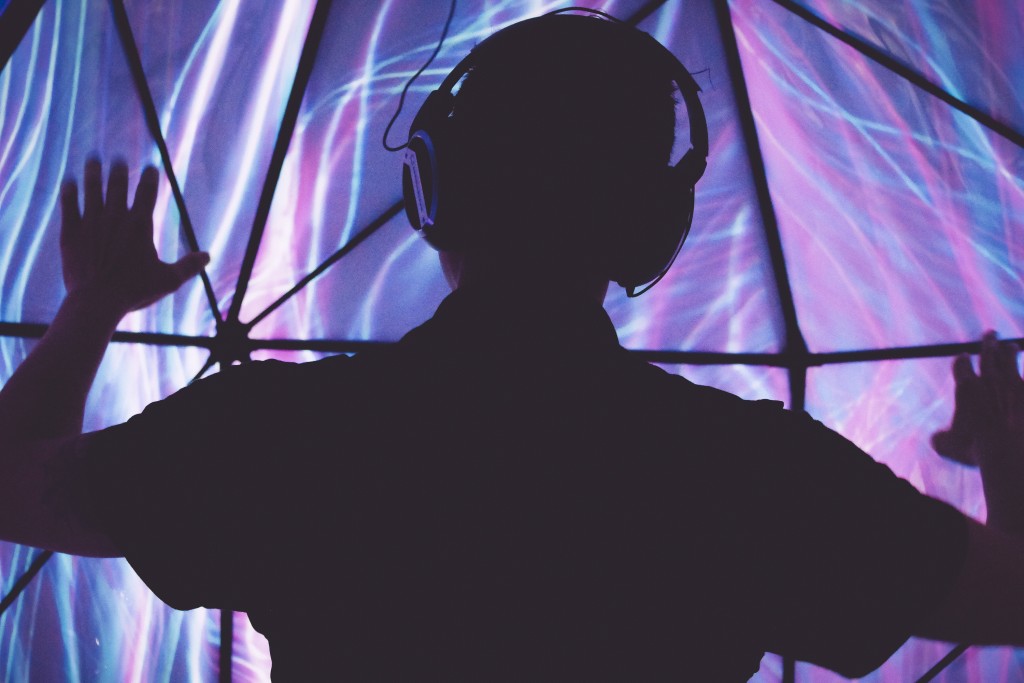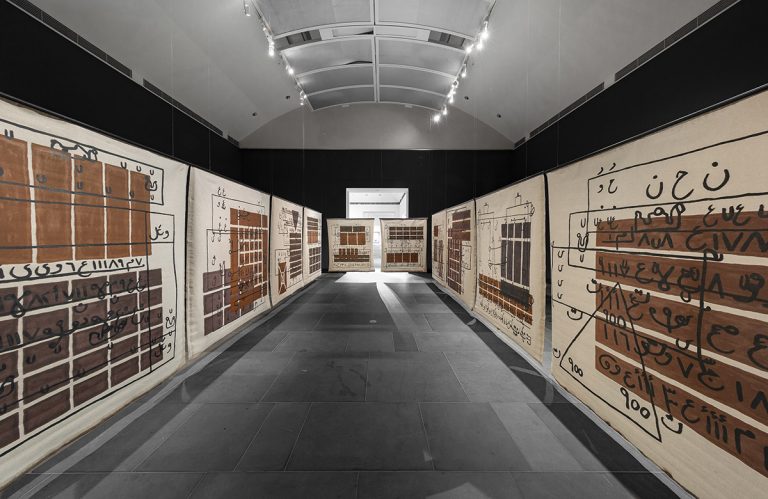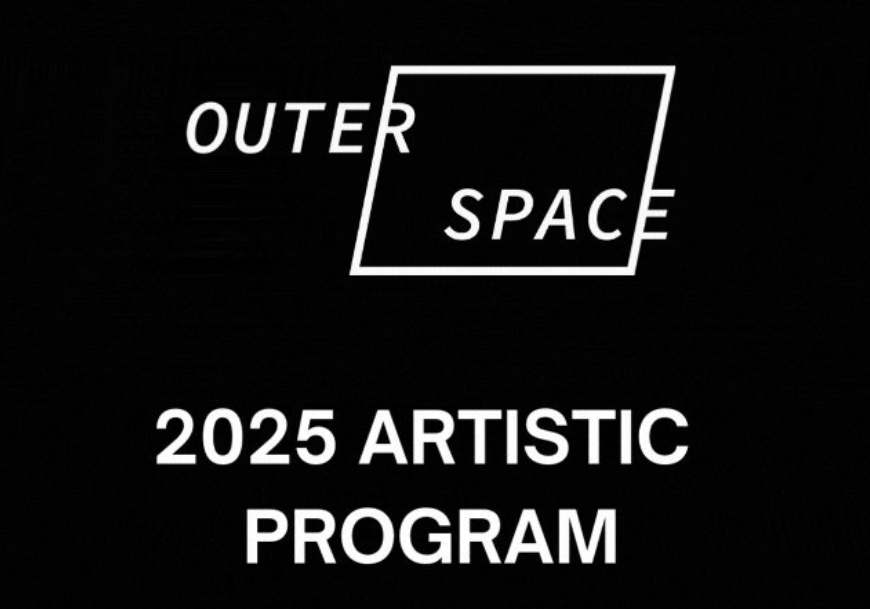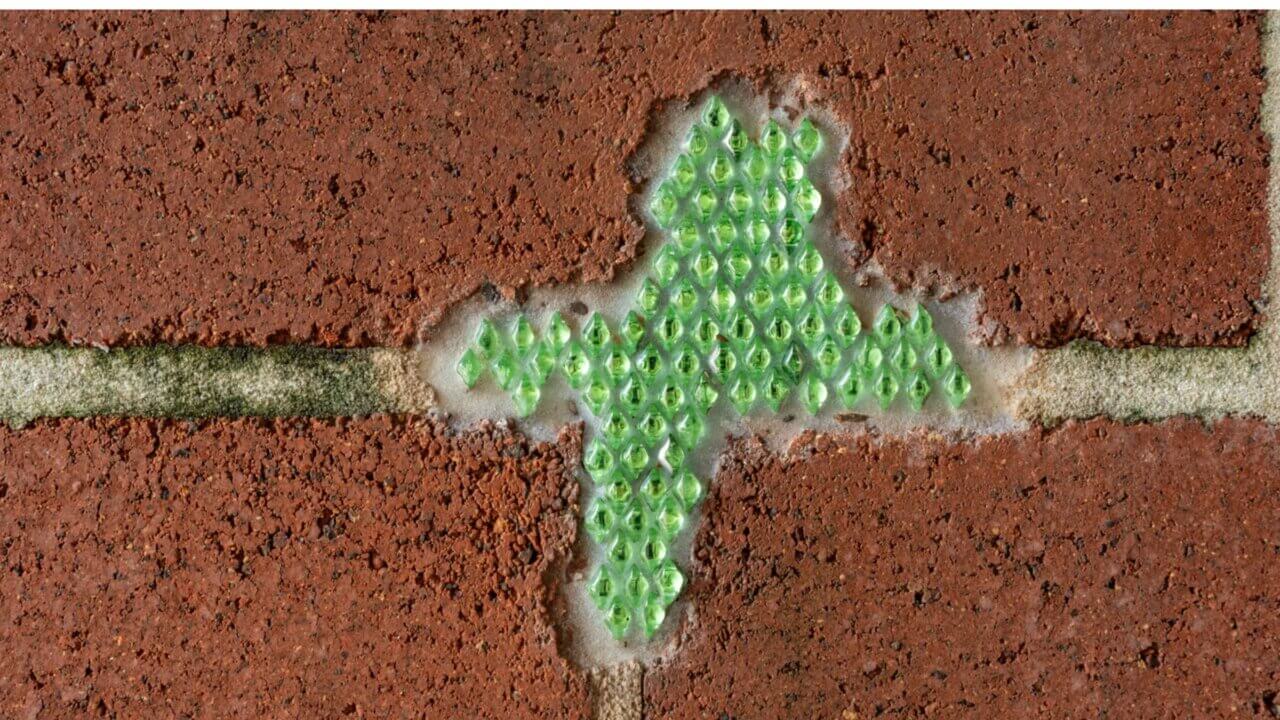
Sphereology noun. the study of the human need for interior space.
On a metaphysical level, the meaning of my theory is that human beings never live outside of nature but always create a kind of existential space around themselves. Urban spaces are a humanized environment where nature is completely replaced by a man-made reality. This can provoke a kind of alienation; a sense of loss within cities that you might normally expect to feel in nature.[1]
American architect Thom Mayne once discussed the term ‘connected isolation’ in regard to modern day living. The term remarks on our propensity to build immunised spaces where we exist in isolation, protected from the elements, yet we remain connected via technology. Urban developments continuously spawn new apartment buildings housing compact living environments to accommodate for a vastly increasing population. We live in close confines, connected while isolated. The modern human lives with rigor on the threshold of a paradox.
Jason Haggerty’s BODYPOD engages this threshold via an exoskeleton of enclosed space, fully equipped for heightened sensory experience. For the installation, Haggerty employs methods of cybernetics, synthesising light, sound, and motion-tracking devices. Haggerty’s BODYPOD is not too dissimilar from the Utopian vision of R. Buckminster Fuller’s Spaceship Earth. In his 1969 publication, Fuller envisioned planet Earth as an operating system that requires care and caution on behalf of its inhabitants. Connection and interaction are paramount for the smooth running of Spaceship Earth. Thom Mayne explains that ‘only recently have computational systems allowed us to deal with very complex systems and large amounts of information – so that we can work integratively on projects …’
Fuller would have completely understood the need for the more sophisticated tools that allow us to think out our problems, because he was a person who did that in his mind. He saw problems from a multidimensional viewpoint. And that’s what we are aiming to do – harness technology not for its own sake, but to assimilate information, natural forces, and complex systems.[2]
Likewise, Haggerty’s BODYPOD employs a strategic modulation of technology for the purpose of engaging and altering sensory experience. Haggerty’s pod absorbs the human body, imitating flesh and biomorphic forms to create the smallest possible realm in which interactivity can occur. The internal shell is designed to respond to motion, mirroring movement and proximity. The viewer becomes immersed in subjective experience, trapped inside a feedback loop while completely armoured against the external world.
One reaches out toward a fragmented mirror. Quickly the mirror liquefies and begins to absorb the body until completely enclosed in One’s own liquid reflection. One awakes inside a pod. The contents begin to drain along with the illusion of safety. ‘Welcome to the real world.’[3]
Written by Kate O’Connor, July 2015
Courtesy of The Walls from the exhibition BODYPOD by Jason Haggerty.
[1] Peter Sloterdijk, ‘Something in the Air’, Frieze vol.127 (November – December 2009).
[2] Thom Mayne, ‘Thom Mayne on Morphosis’, Artforum International vol.47.3 (November 2008): 284.
[3] Scene transcribed from The Matrix, Dir. The Wachowski Brothers, 1999.









